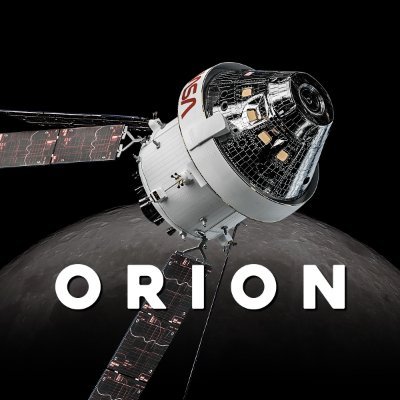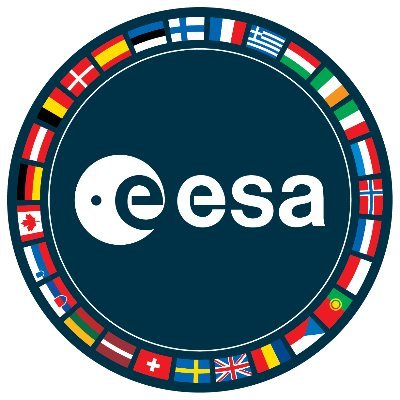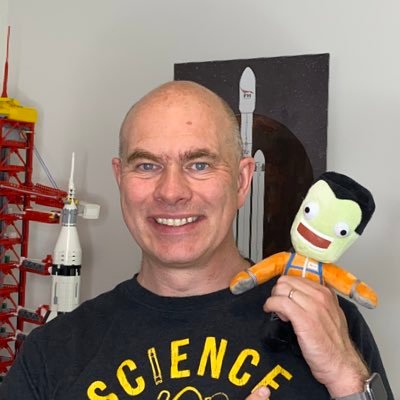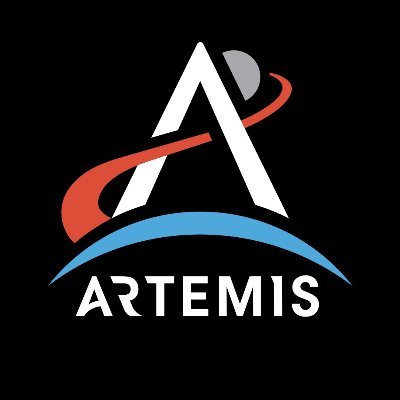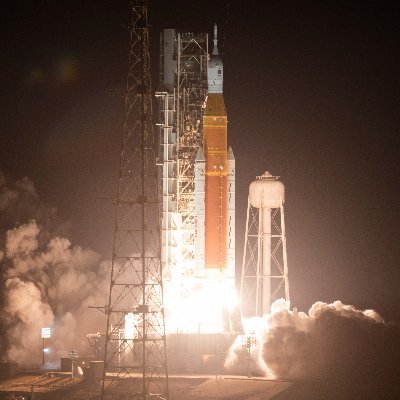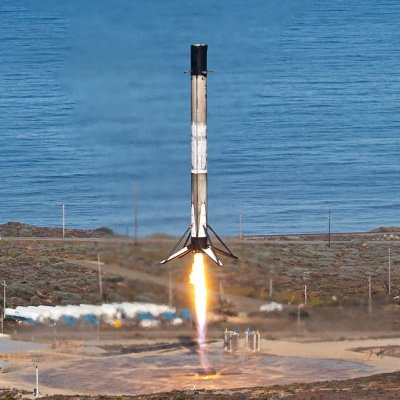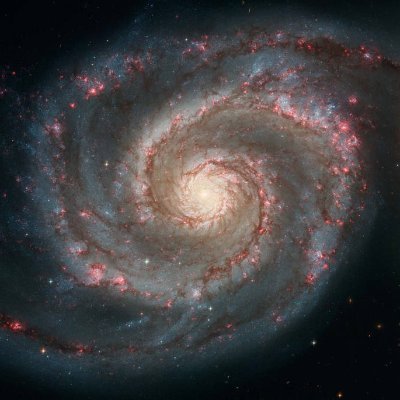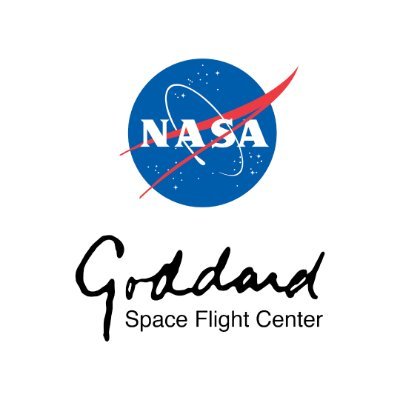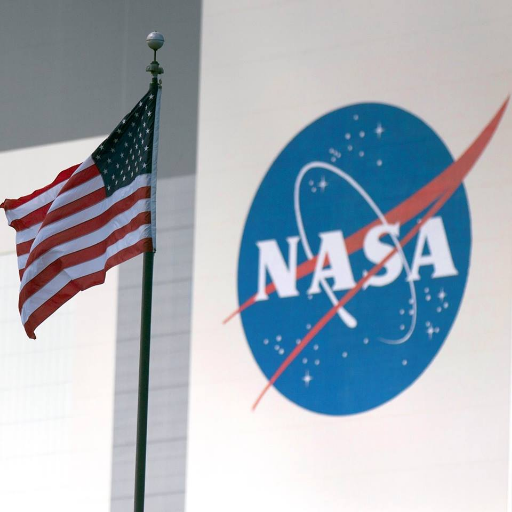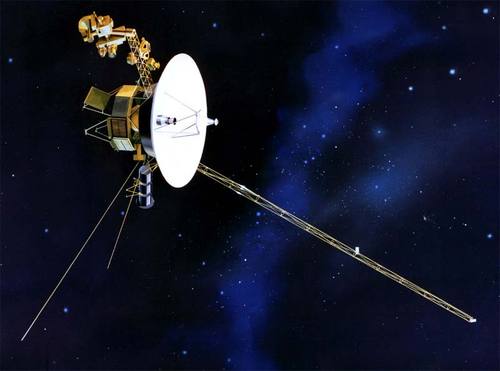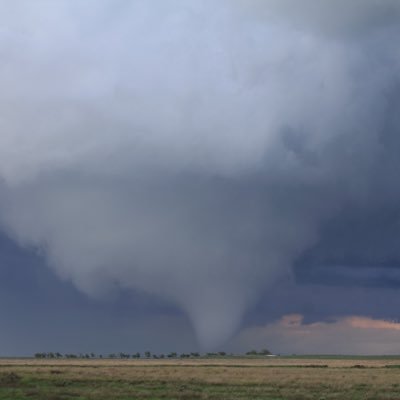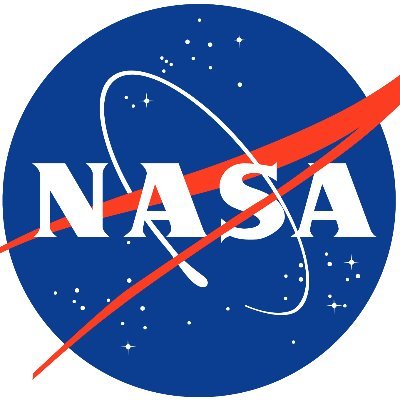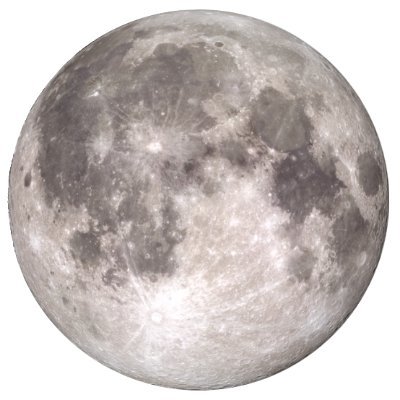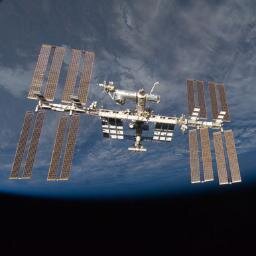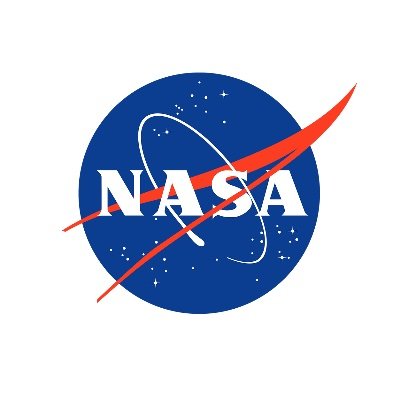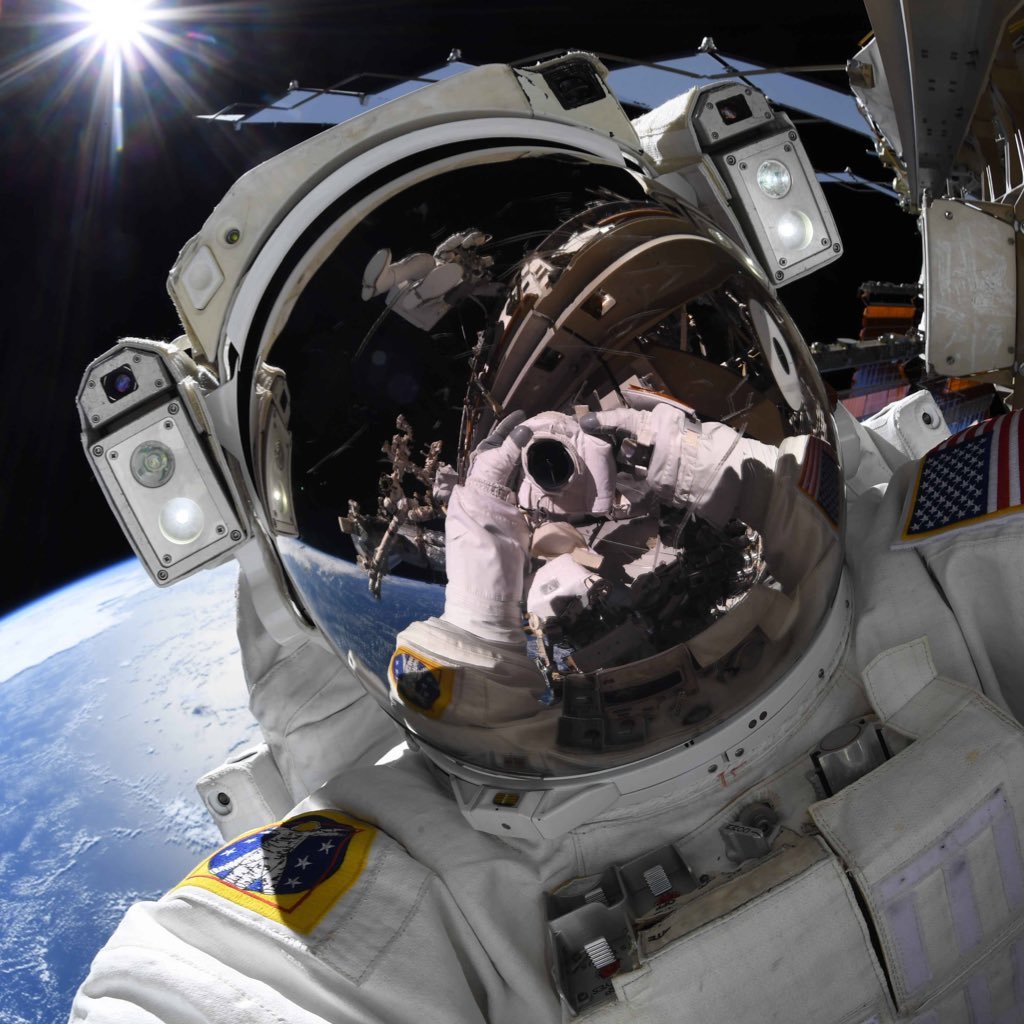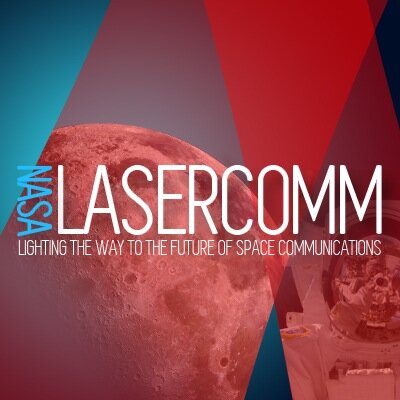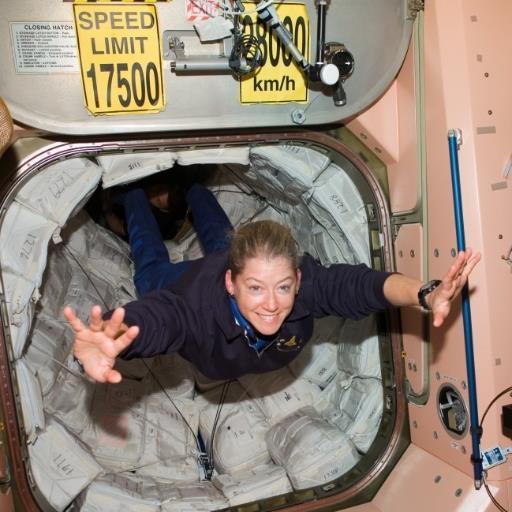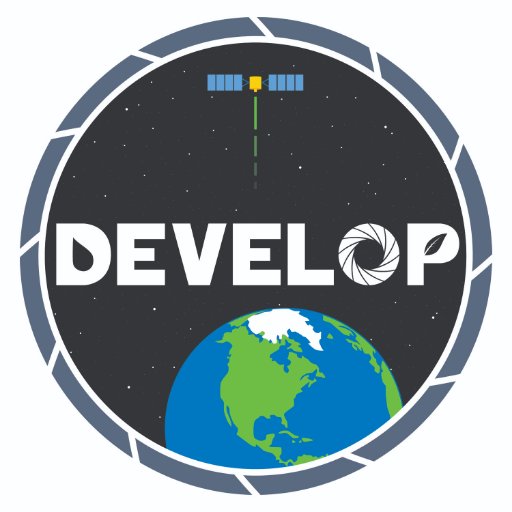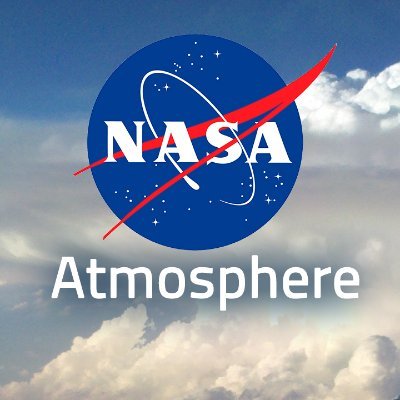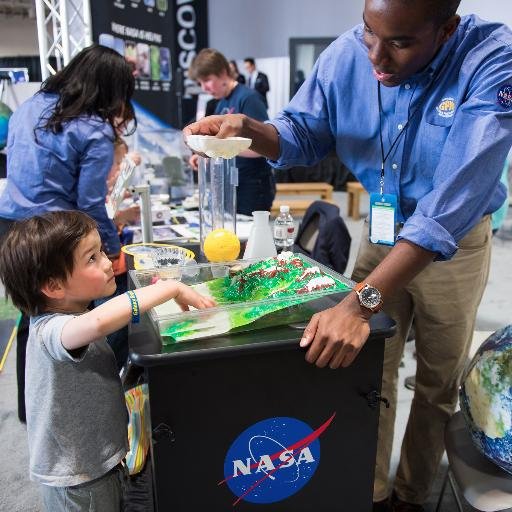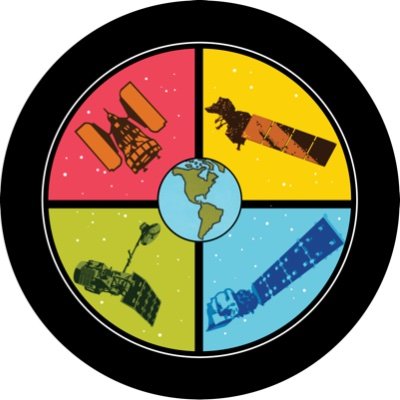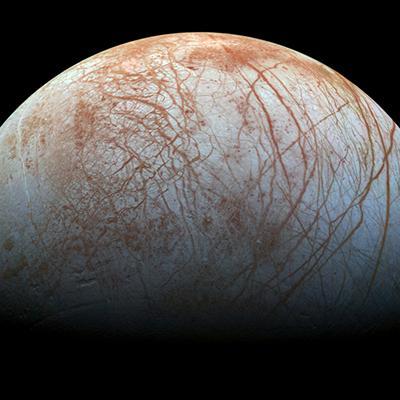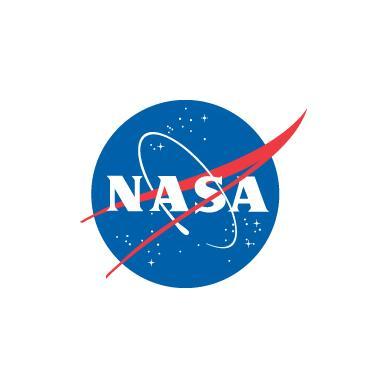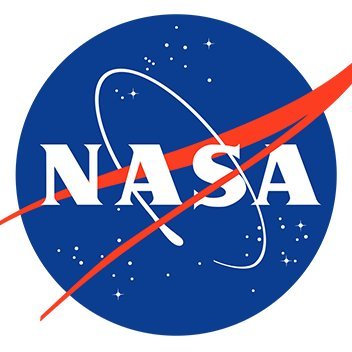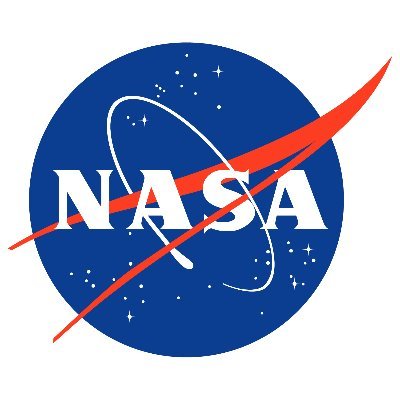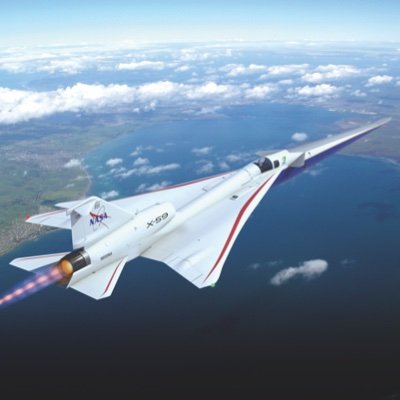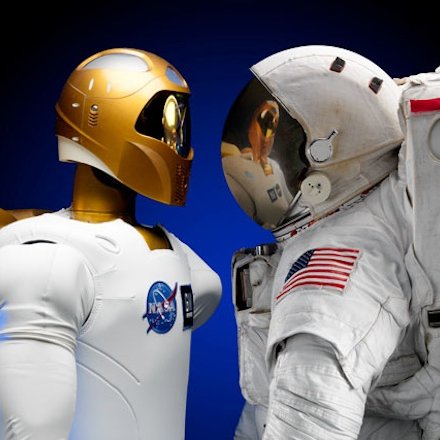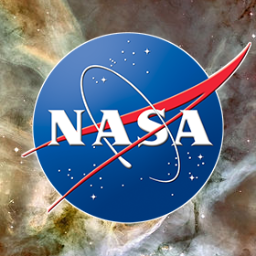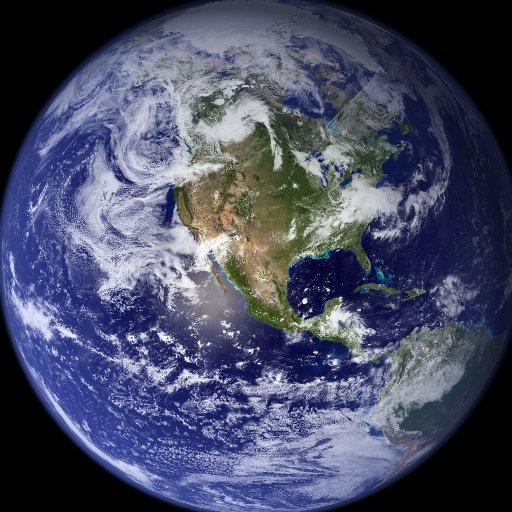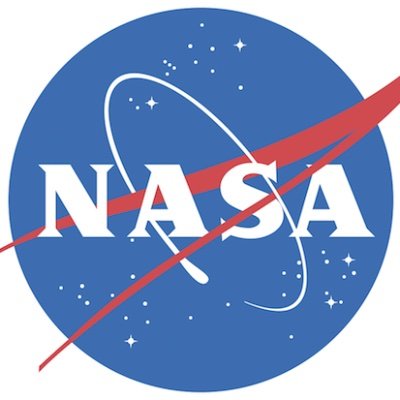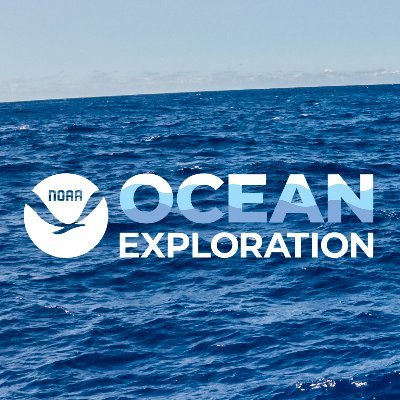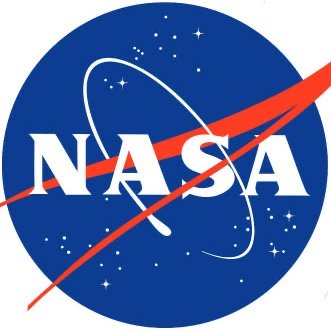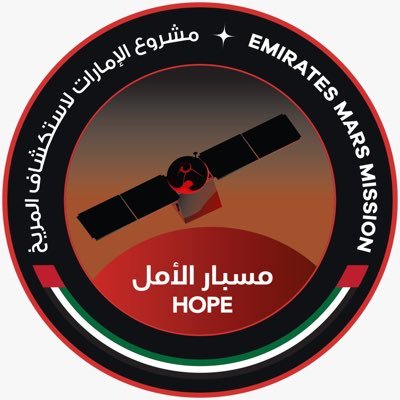
NASA JPL
@NASAJPLThe Jet Propulsion Laboratory manages many of NASA's robotic missions exploring Earth, the solar system, and our universe. (Verification: https://t.co/iicDVgZd2m)
Similar User

@SpaceX

@NASA

@NASAWebb

@NASAHubble

@neiltyson

@NASASolarSystem

@Space_Station

@NASA_Johnson

@NASAMars

@MarsCuriosity

@NASAArmstrong

@NASAglenn

@NASAEarth

@NASA_Langley

@NASA_Technology
Sea levels are rising and NASA data is helping communities prepare. Now you can find sea level rise projections for coastlines around the world out to the year 2150 on the new global sea level change site. Explore: earth.gov/sealevel

A global mission with local impacts. Hear experts working in Nebraska, South Dakota, and West Virginia describe how they plan to use NISAR data to help keep their communities safer by monitoring critical infrastructure, like dams and bridges. 🦺
Tell us: What length of a year do you think is ideal? 🤔 Mercury: 88 Earth days Earth: 365 Earth days Mars: 687 Earth days Jupiter: 4,333 Earth days
Science is booming! We've successfully deployed the magnetometer boom. Once we arrive at Europa, the Europa Clipper Magnetometer (ECM) aims to confirm that Europa’s ocean exists, measure its depth and salinity, and measure the ice shell's thickness. More: europa.nasa.gov/spacecraft/ins…
When @NASAVoyager 2 flew by Uranus in 1986, it provided our first — and, so far, only — close glimpse of this strange outer planet. Scientists are still analyzing the data from that flyby, and one researcher recently found a surprise: go.nasa.gov/3YIaLKD
44 years ago, @NASAVoyager 1 captured this image of Saturn and two of its moons, Tethys and Dione. The shadows of the planet's rings and Tethys are cast onto the cloud tops. Fun fact: Saturn has the most moons of any planet in our solar system – 146! science.nasa.gov/saturn/moons/

We don’t always notice it, but much of Earth’s surface is in constant motion. NISAR – an upcoming Earth-observing satellite from @NASA and @isro – will be able to detect these motions down to a fraction of an inch! How will this help communities? go.nasa.gov/3UI5p0M

Successful launch and docking! One of the science investigations onboard CRS-31 is a JPL-managed quantum communication experiment called SEAQUE (Space Entanglement and Annealing Quantum Experiment). ...yes, that's a mouthful 🤪 More about SEAQUE: go.nasa.gov/3YF995I
How was your space delivery Exp 72? ⏰📦🙂 The @SpaceX #Dragon cargo spacecraft docked to the Harmony module's forward port at 9:52am ET today packed with over 6,000 pounds of science, supplies, and station hardware. blogs.nasa.gov/spacestation/2…
Take a deep breath and gaze into the Orion Nebula ✨ Data from @NASAHubble and NASA’s retired Spitzer Space Telescope create this swirling composite image that shows baby stars within the cosmic cloud.

Our NEOWISE spacecraft, originally launched as WISE and the pathfinder for @NASA's upcoming NEO Surveyor asteroid-hunting telescope, has burned up in Earth’s atmosphere, as expected, after more than 14 years of operation. go.nasa.gov/4fv53mo

Love clouds? Love Mars? Now you can combine both! Help NASA scientists by classifying cloud types with this new @DoNASAScience project: go.nasa.gov/4hqV6rW
What's up, space fans! It's a new month, and if you know when and where to look, you'll have the opportunity to see Saturn, Jupiter, Mars, and Venus – and much more! Here's your skywatching guide for November: go.nasa.gov/37ePy0B
Are you wearing a #NASACostume this Halloween? These JPLers did! Whether factual, fictional, futuristic, or just plain funny, we love seeing the creative costumes our colleagues come up with.




I always feel like somebody’s watching me 👀 Happy Halloween from @NASAWebb & @NASAHubble! This creepy new image combines mid-infrared light from Webb with ultraviolet and visible light from Hubble, revealing a pair of “eyes” from space. go.nasa.gov/3Au94Z9

Our upcoming SPHEREx mission will map hundreds of millions of stars and galaxies across the infrared sky — colorfully! A technique called spectroscopy will break down light, helping us investigate cosmic history and get a big-picture view of the universe: go.nasa.gov/4ftBrpw

When a massive rockslide triggered a 9-day tsunami in Greenland's Dickson Fjord, the SWOT satellite – with an unprecedented ability to measure sea surface heights in narrow spaces – captured the unique contours that sloshed within the walls of the fjord. go.nasa.gov/3Ch4A8M

United States Trends
- 1. $MAYO 6.056 posts
- 2. $CUTO 7.406 posts
- 3. Tyson 369 B posts
- 4. Laken Riley 32,4 B posts
- 5. Pence 41 B posts
- 6. Dora 21,6 B posts
- 7. Ticketmaster 15,3 B posts
- 8. Cenk 8.706 posts
- 9. Mike Rogers 4.564 posts
- 10. #FursuitFriday 14,9 B posts
- 11. DeFi 105 B posts
- 12. The UK 421 B posts
- 13. Iron Mike 15,1 B posts
- 14. Pirates 17,2 B posts
- 15. Mr. Mayonnaise 1.214 posts
- 16. Scholars 10,5 B posts
- 17. Oscars 13,3 B posts
- 18. Kash 62,9 B posts
- 19. #FridayVibes 7.705 posts
- 20. #AmericaRecyclesDay N/A
Who to follow
-
 SpaceX
SpaceX
@SpaceX -
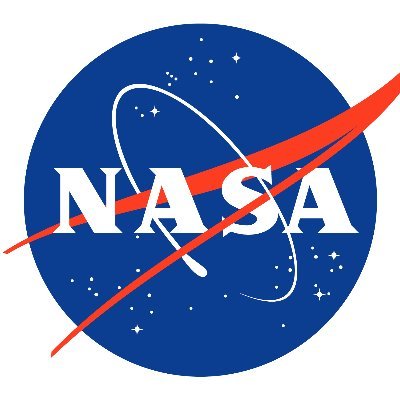 NASA
NASA
@NASA -
 NASA Webb Telescope
NASA Webb Telescope
@NASAWebb -
 Hubble
Hubble
@NASAHubble -
 Neil deGrasse Tyson
Neil deGrasse Tyson
@neiltyson -
 NASA Solar System
NASA Solar System
@NASASolarSystem -
 International Space Station
International Space Station
@Space_Station -
 NASA's Johnson Space Center
NASA's Johnson Space Center
@NASA_Johnson -
 NASA Mars
NASA Mars
@NASAMars -
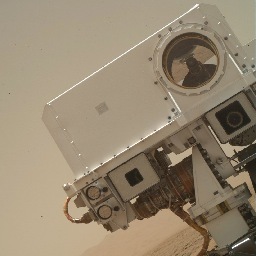 Curiosity Rover
Curiosity Rover
@MarsCuriosity -
 NASA Armstrong
NASA Armstrong
@NASAArmstrong -
 NASA's Glenn Research Center
NASA's Glenn Research Center
@NASAglenn -
 NASA Earth
NASA Earth
@NASAEarth -
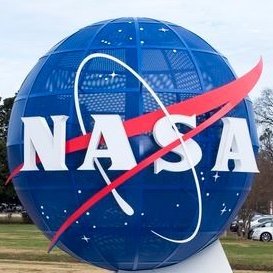 NASA Langley Research Center
NASA Langley Research Center
@NASA_Langley -
 NASA Technology
NASA Technology
@NASA_Technology
Something went wrong.
Something went wrong.


